- Have any questions?
- +86-189 8930 5995
- sales@mosinterchem.com.cn
Acetic acid potassium salt CAS127-08-2

Pentaerythritol CAS 115-77-5
19/12/2018
Β-Naphthol CAS 135-19-3
19/12/2018| Model: | MOS127-08-2 |
| Place of Origin: | Zhejiang,China (Mainland) |
| Brand Name: | MOSINTER |
| CAS No.: | 127-08-2 |
| Purity: | ≥99.0 |
| CAS: | 127-08-2 |
| Molecular formula: | CH3COOK |
| Molecular weight: | 98.14 |
| basicity(in K2CO3)%: | ≤0.12 |
| Content(CH3COOK)%: | ≥99.0 |
| Ferrum(Fe)%: | ≤0.0005 |
| chloride (Cl)%: | ≤0.01 |
| acidity(in HA)%: | ≤0.05 |
| sulfate (S04)%: | ≤0.02 |
| Heavy metal(in Pb)%: | ≤0.0005 |
Acetic acid, potassium salt (CAS: 127-08-2)
Molecular formula: CH3COOK
Molecular weight: 98.14
Property: white crystal and it is easily soluble in water, acid and alcohol.
| Content(CH3COOK)% | ≥98.0 |
| Water insoluble % | ≤0.05 |
| chloride (Cl)% | ≤0.2 |
| Ferrum (Fe)% | ≤0.05 |
Pharmaceutical Acetic acid, potassium salt quality index
| Content(CH3COOK)% | ≥99.0 |
| Water insoluble | qualified |
| basicity(in K2CO3)% | ≤0.12 |
| acidity(in HA)% | ≤0.05 |
| chloride (Cl)% | ≤0.01 |
| sulfate (S04)% | ≤0.02 |
| Ferrum(Fe)% | ≤0.0005 |
| Heavy metal(in Pb)% | ≤0.0005 |
| Potassium perman-ganate | qualified |
Uses
Acetic acid is a chemical reagent for the production of chemical compounds. The largest single use of acetic acid is in the production of vinyl acetate monomer, closely followed by acetic anhydride and ester production. The volume of acetic acid used in vinegar is comparatively small.
Vinyl acetate monomer
The major use of acetic acid is for the production of vinyl acetate monomer (VAM). In 2008, this application was estimated to consume one third of the world’s production of acetic acid. The reaction is of ethylene and acetic acid with oxygen over a palladium catalyst, conducted in the gas phase.
2 H3C–COOH + 2 C2H4 + O2 → 2 H3C–CO–O–CH=CH2 + 2 H2O
Vinyl acetate can be polymerized to polyvinyl acetate or to other polymers, which are components in paints and adhesives.
Acetic anhydride
The product of the condensation of two molecules of acetic acid is acetic anhydride. The worldwide production of acetic anhydride is a major application, and uses approximately 25% to 30% of the global production of acetic acid. The main process involves dehydration of acetic acid to give ketene at 700-750 °C. Ketene is thereafter reacted with acetic acid to obtain the anhydride:
CH3CO2H → CH2=C=O + H2OCH3CO2H + CH2=C=O → (CH3CO)2O
Acetic anhydride is an acetylation agent. As such, its major application is for cellulose acetate, a synthetic textile also used for photographic film.
Use as solvent
Glacial acetic acid is an excellent polar protic solvent, as noted above. It is frequently used as a solvent for recrystallization to purify organic compounds. Acetic acid is used as asolvent in the production of terephthalic acid (TPA), the raw material for polyethylene terephthalate (PET). In 2006, about 20% of acetic acid was used for TPA production.
Acetic acid is often used as a solvent for reactions involving carbocations, such as Friedel-Crafts alkylation. For example, one stage in the commercial manufacture of synthetic camphorinvolves a Wagner-Meerwein rearrangement of camphene to isobornyl acetate; here acetic acid acts both as a solvent and as a nucleophile to trap the rearranged carbocation.
Glacial acetic acid is used in analytical chemistry for the estimation of weakly alkaline substances such as organic amides. Glacial acetic acid is a much weaker base than water, so the amide behaves as a strong base in this medium. It then can be titrated using a solution in glacial acetic acid of a very strong acid, such as perchloric acid.
Medical use
Diluted acetic acid is used in physical therapy using iontophoresis.
Vinegar
Main article: Vinegar
Vinegar is typically 4-18% acetic acid by mass. Vinegar is used directly as a condiment, and in the pickling of vegetables and other foods. Table vinegar tends to be more diluted (4% to 8% acetic acid), while commercial food pickling employs solutions that are more concentrated. The amount of acetic acid used as vinegar on a worldwide scale is not large, but is by far the oldest and best-known application.
You must be logged in to post a review.

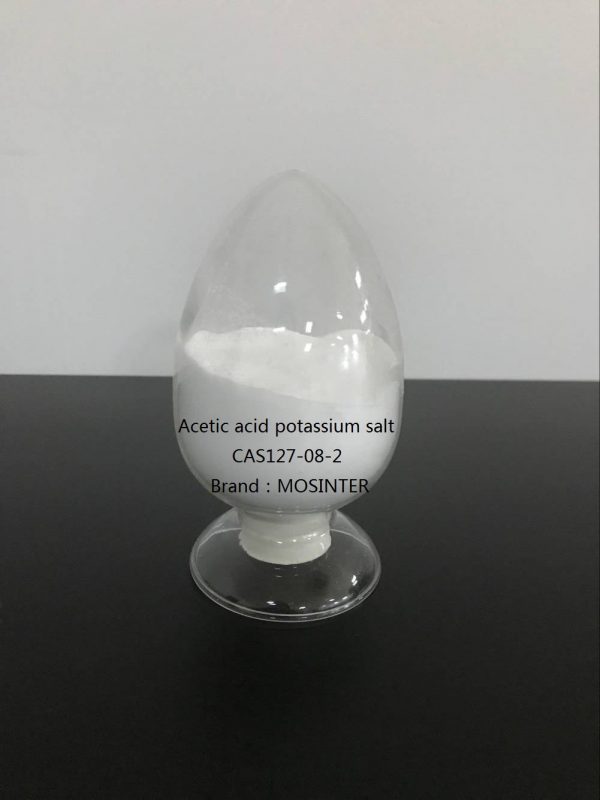
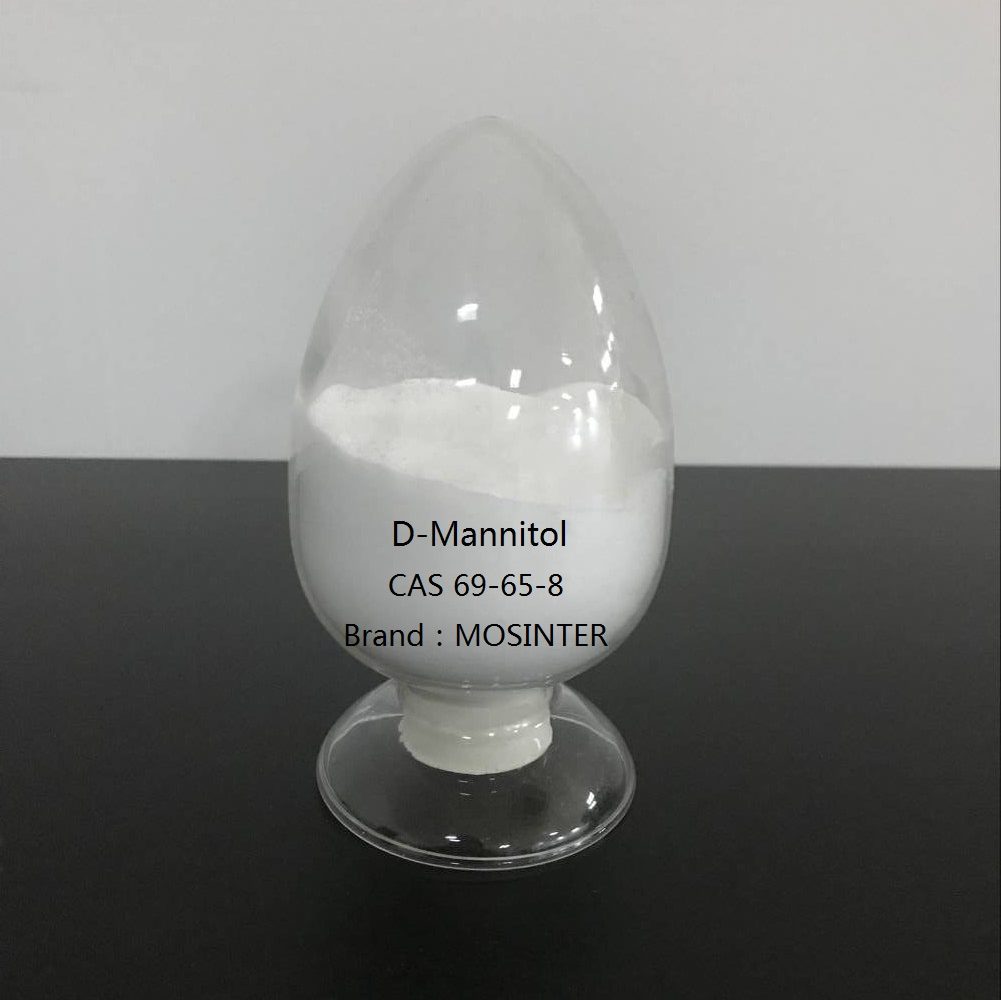
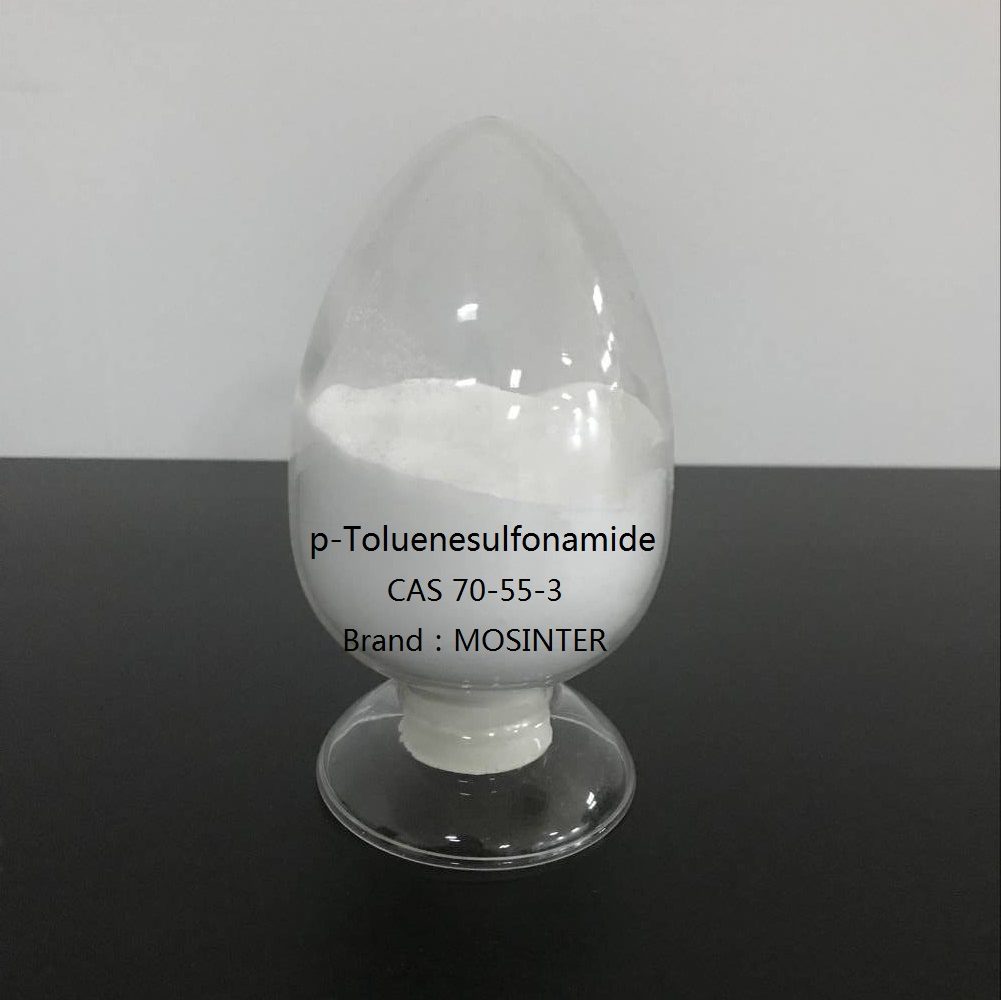
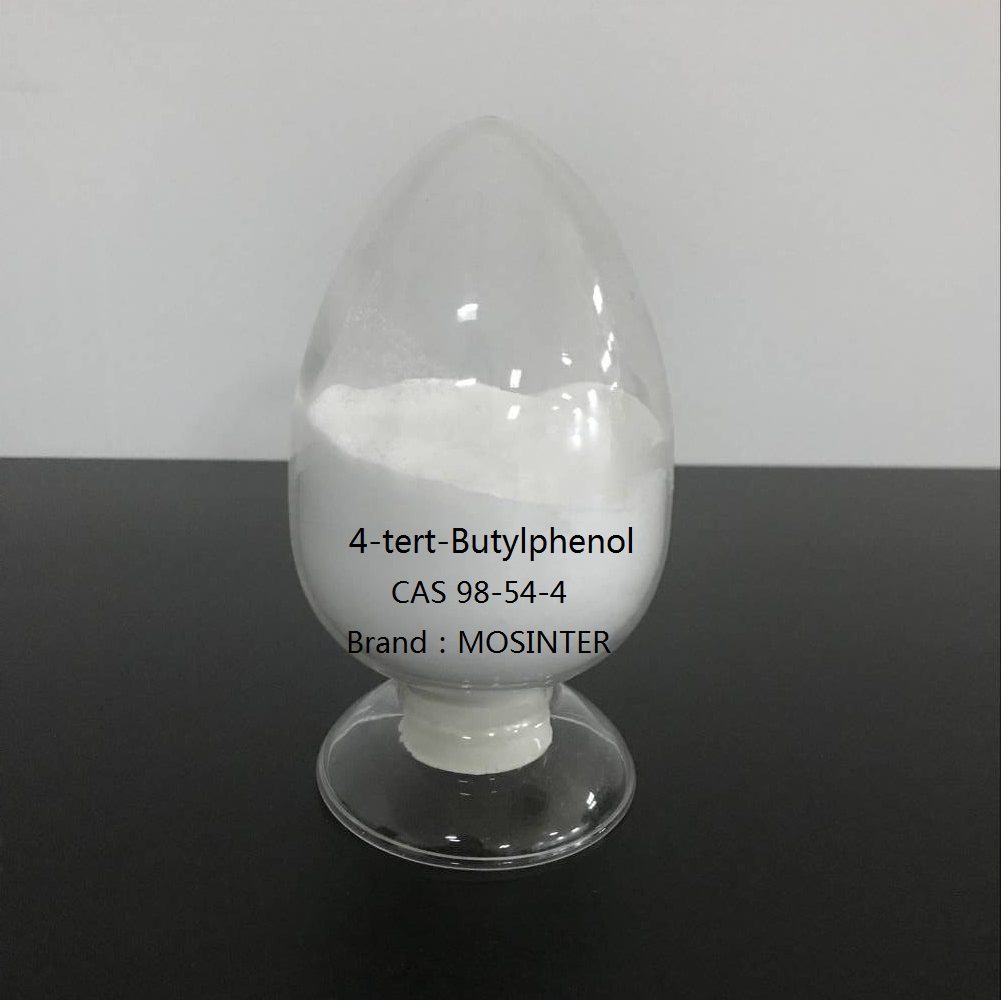
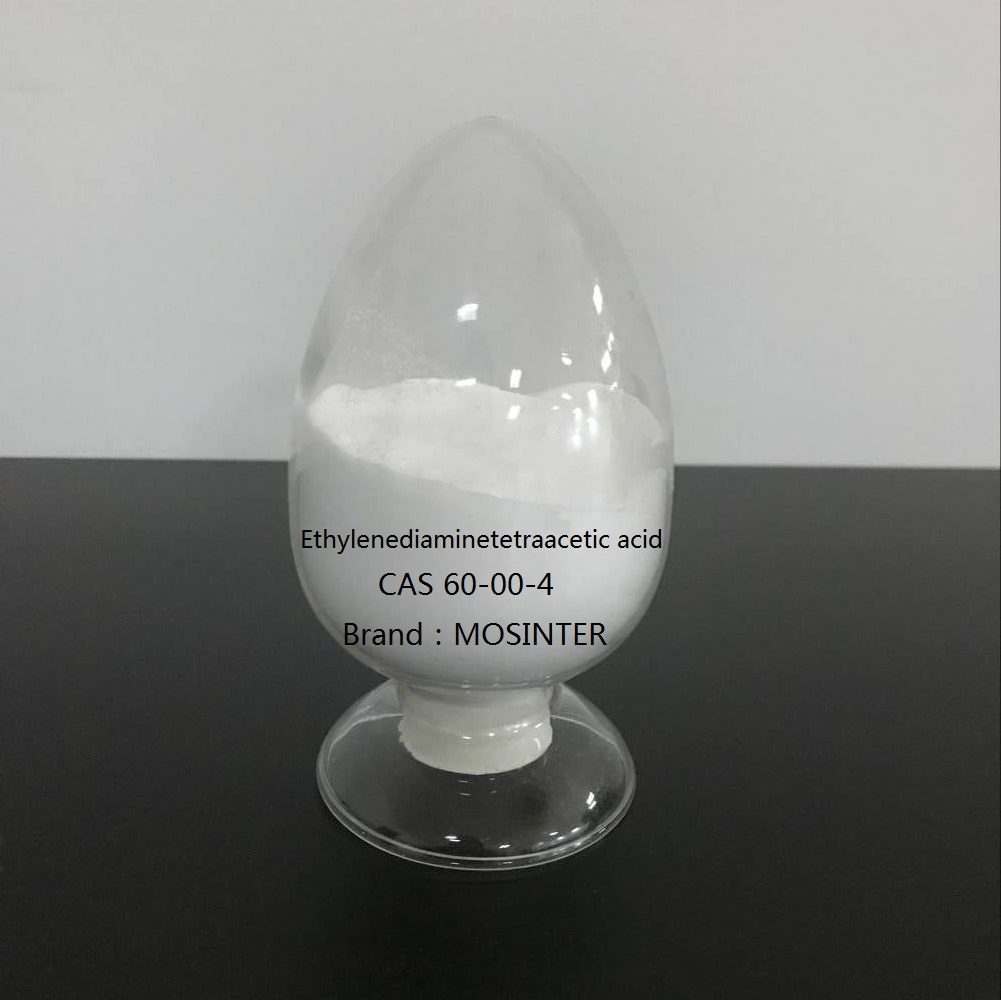
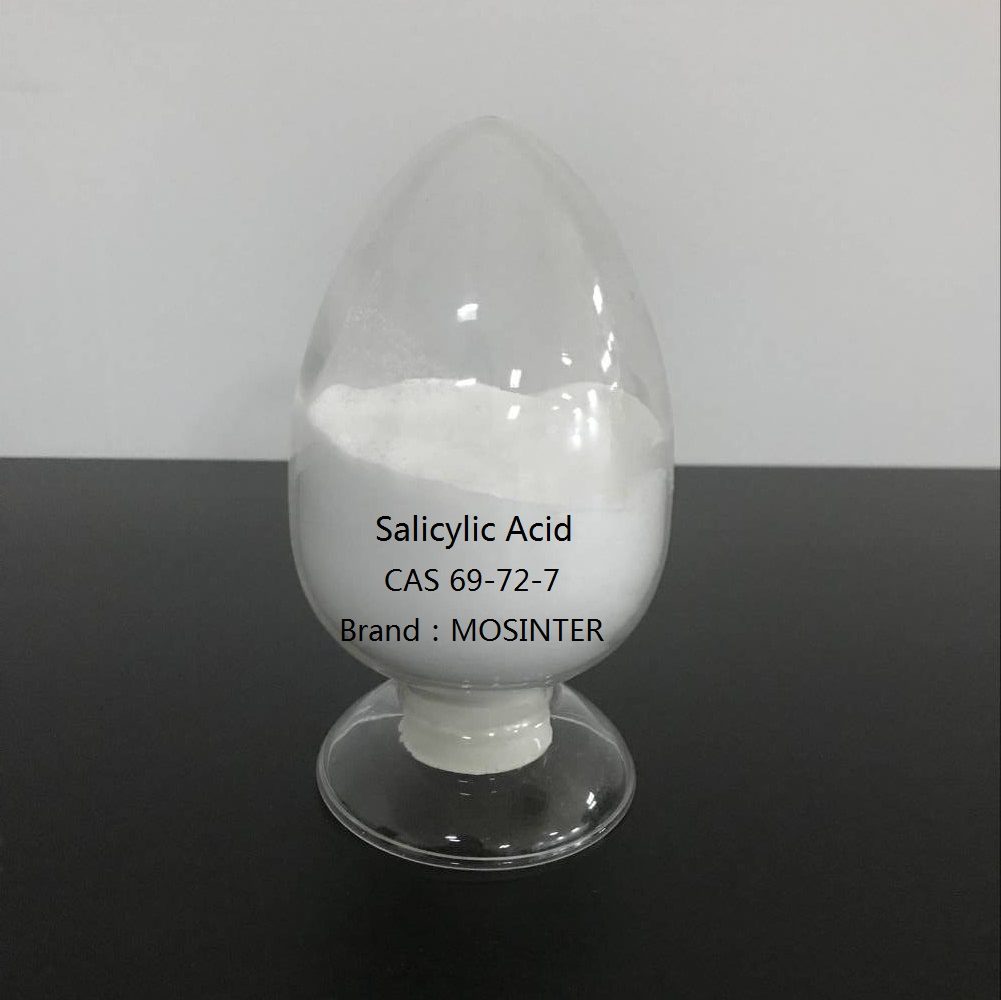
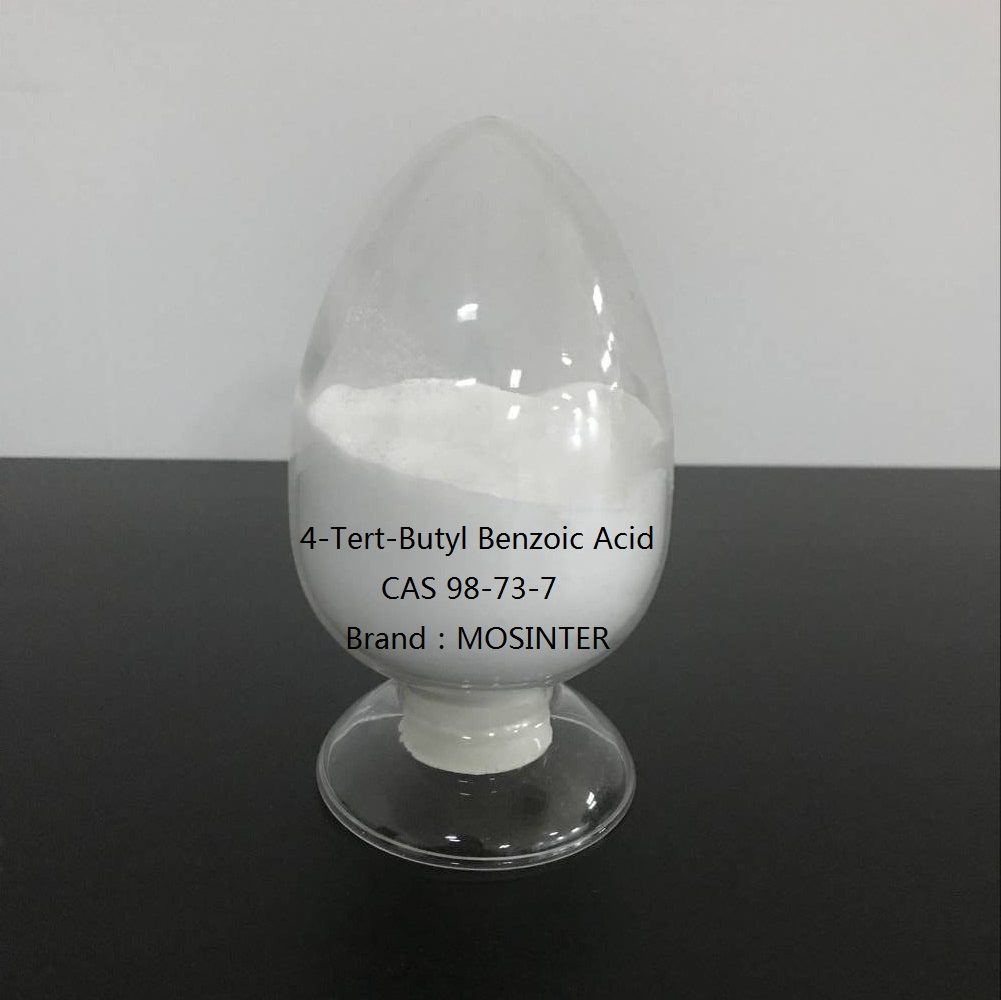
Reviews
There are no reviews yet.